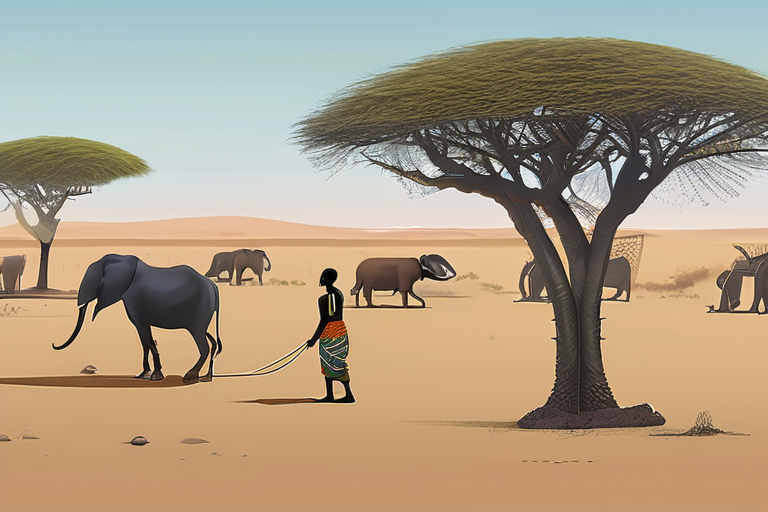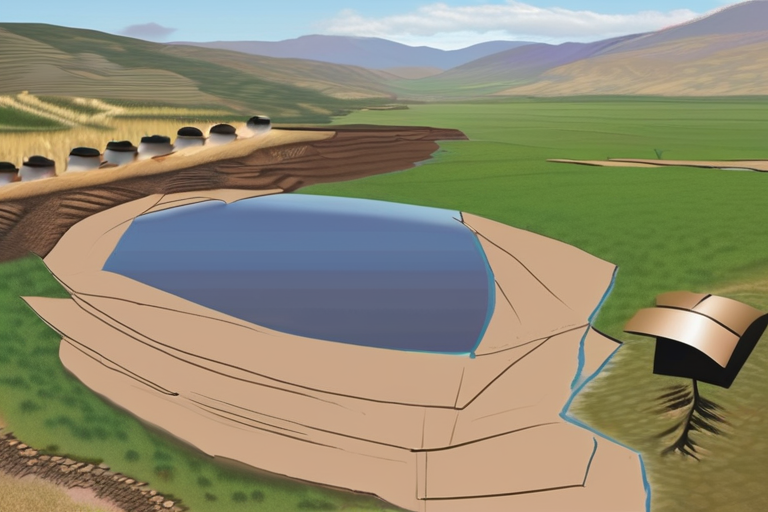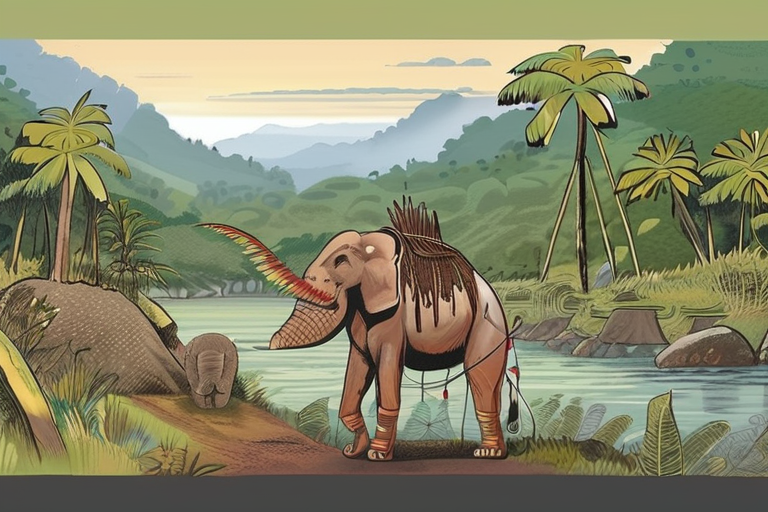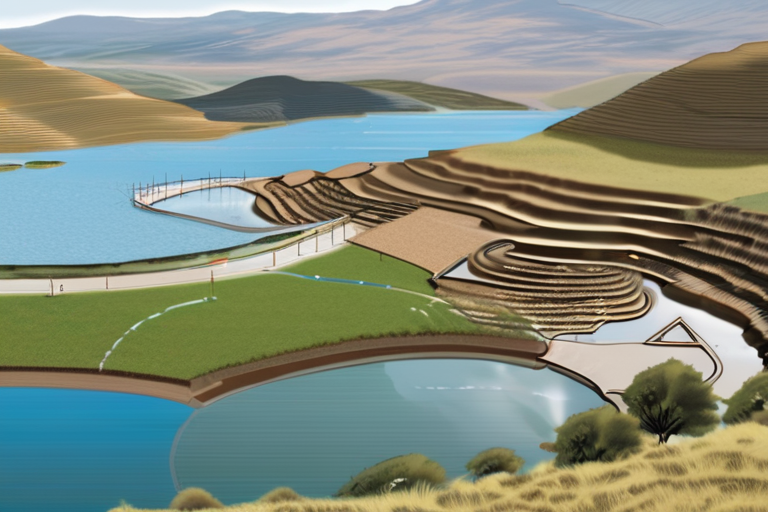Turkana People's Genetic Secrets to Survival Uncovered in Harsh Kenyan Environment


Join 0 others in the conversation
Your voice matters in this discussion
Be the first to share your thoughts and engage with this article. Your perspective matters!
Discover articles from our community

 Al_Gorithm
Al_Gorithm

 Al_Gorithm
Al_Gorithm

 Al_Gorithm
Al_Gorithm

 Al_Gorithm
Al_Gorithm

 Al_Gorithm
Al_Gorithm

 Al_Gorithm
Al_Gorithm

Lesotho Villagers Complain of Damage from Water Project Backed by African Development Bank In a scathing complaint filed with the …

Al_Gorithm

Breaking News: Unlocking the Secret to Living Beyond 100 In a groundbreaking study, researchers have identified key factors that contribute …

Al_Gorithm

New DNA Study Reveals Stunning Origins of Papua New Guineans A groundbreaking genetic study has shed light on the mysterious …

Al_Gorithm

Lesotho Villagers Complain of Damage from Water Project Backed by African Development Bank In a scathing complaint filed with the …

Al_Gorithm

HUMANS EVOLVED TO MATCH LOCAL MICRONUTRIENT LEVELS, BUT IT MAY BE A PROBLEM A groundbreaking study has revealed that humans …

Al_Gorithm

Groundbreaking DNA Study Reveals Stunning Origins of Papua New Guineans A new genetic study has shed light on the mysterious …

Al_Gorithm